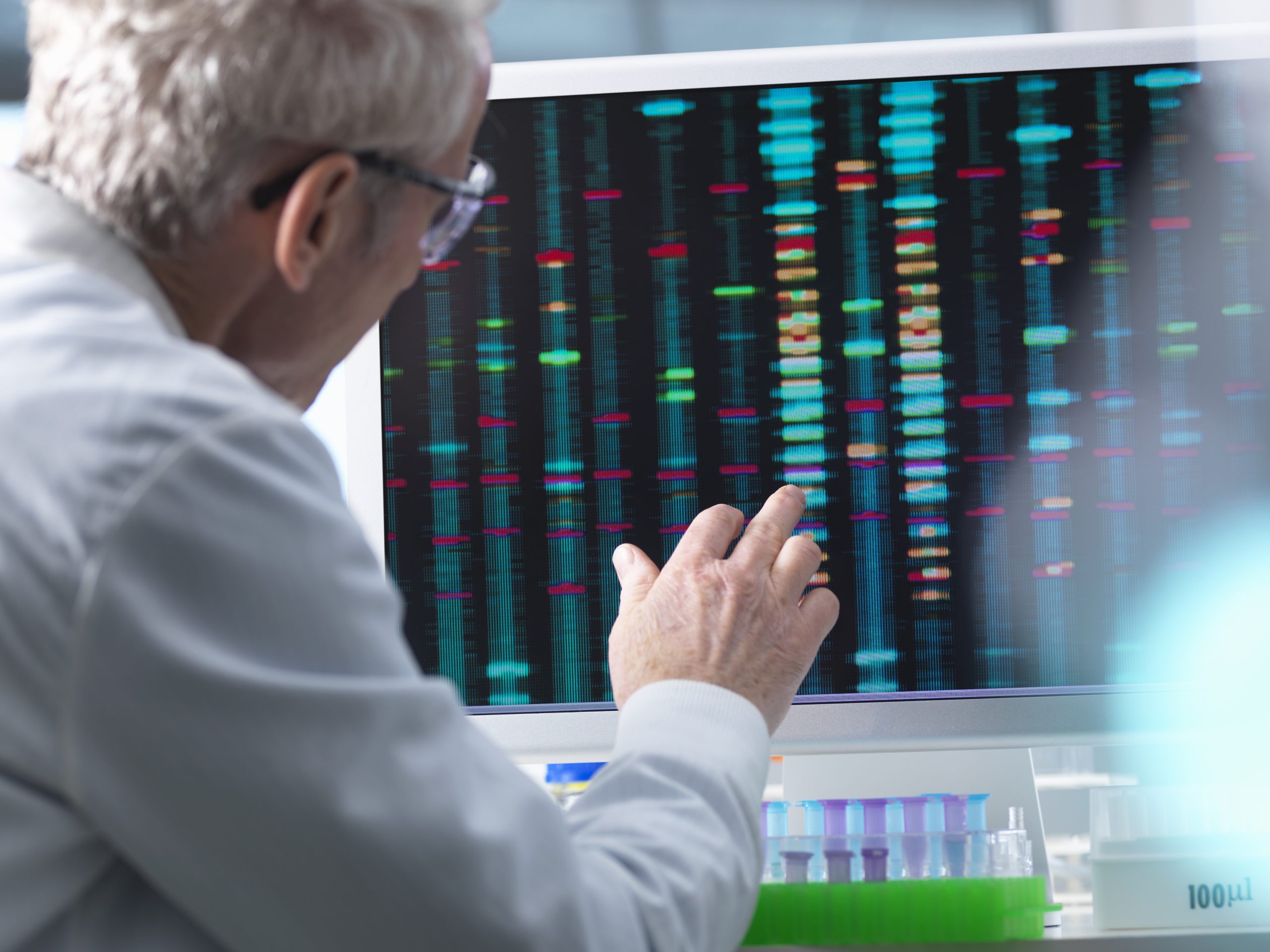Applied Bioinformatics and Biostatistics

| Applied Bioinformatics and Biostatistics | |
|---|---|
| Course Description | This course provides advanced training in the interface of biology and computer science, focusing on bioinformatics evaluation methods, next-generation sequencing (NGS), visualization of structures, molecular biology databases, and statistical analysis using R and Python. The course aims to develop expertise in data analysis techniques for biological research and programming skills for solving scientific problems. |
| Recommended Books | 1. Bioinformatics for Biologists by Pavel Pevzner 2. The Art of R Programming by Norman Matloff |
| Course Learning Outcomes | After completing this course, a student will be able to: 1. Analyze biological data using bioinformatics and statistical tools. 2. Apply sequence analysis and structural bioinformatics techniques. 3. Utilize R and Python for biostatistical computations and data visualization. 4. Develop scripts and manage biological databases for research applications. |
| Assessment System | Quizzes: 10-15% Assignments: 5-10% Midterms: 30-40% ESE: 40-50% |
| Lecture Plan | ||
|---|---|---|
| S.No. | Description | Quizzes/Assignment |
| 1 | Introduction to Programming and Python | |
| 2 | Linux Scripting with BASH | Quiz 1 |
| 3 | Programming Methodologies and Data Structures | |
| 4 | Object-Oriented Programming with Python | |
| 5 | Code Documentation and Version Control with Git | Assignment 1 |
| 6 | Introduction to Bioinformatics and Bio Databases | |
| 7 | NCBI and Interaction Databases | Quiz 2 |
| 8 | Biopython and Web Services | |
| 9 | Sequence Analysis and Alignment Tools | |
| 10 | Structural Bioinformatics and Visualization | |
| 11 | Next-Generation Sequencing Data Analysis | Assignment 2 |
| 12 | Statistical Evaluations with R | Quiz 3 |
| 13 | Multivariate and Bioinformatics Statistics | |
| 14 | Workflows with R-Bioconductor | |
| 15 | Markov Chain Models in Python and Internship Preparation | Assignment 3 |
